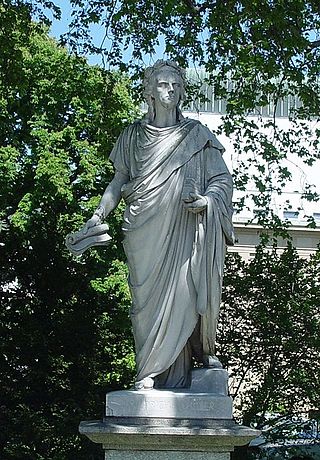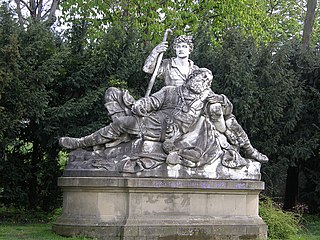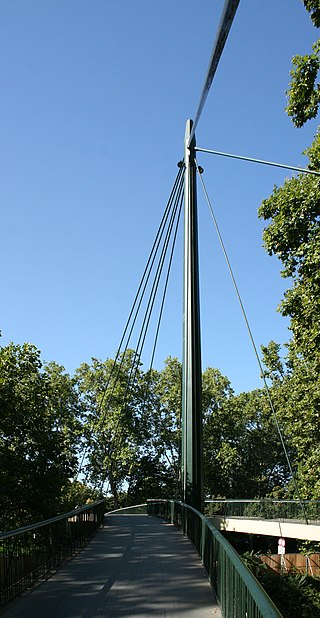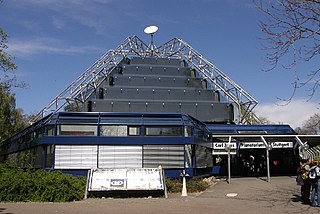Self-guided Sightseeing Tour #1 in Stuttgart, Germany
Legend
Guided Free Walking Tours
Book free guided walking tours in Stuttgart.
Guided Sightseeing Tours
Book guided sightseeing tours and activities in Stuttgart.
Tour Facts
1.4 km
31 m
Experience Stuttgart in Germany in a whole new way with our free self-guided sightseeing tour. This site not only offers you practical information and insider tips, but also a rich variety of activities and sights you shouldn't miss. Whether you love art and culture, want to explore historical sites or simply want to experience the vibrant atmosphere of a lively city - you'll find everything you need for your personal adventure here.
Activities in StuttgartIndividual Sights in StuttgartSight 1: Staatsgalerie
Get Ticket*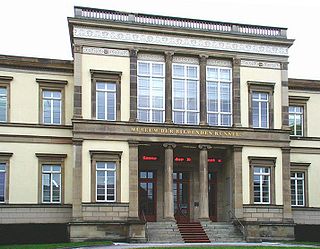
The Staatsgalerie Stuttgart is an art museum in Stuttgart, Germany, it opened in 1843. In 1984, the opening of the Neue Staatsgalerie designed by James Stirling transformed the once provincial gallery into one of Europe's leading museums.
Sight 2: Draped Reclining Woman
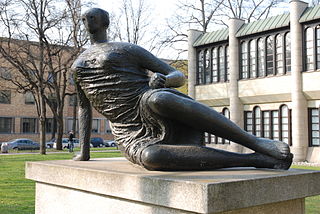
Draped Reclining Woman 1957–58 is a bronze sculpture by British artist Henry Moore, with a series of six castings made by Hermann Noack in Berlin.
Sight 3: Schicksals-Brunnen
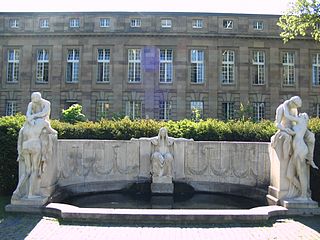
The Schicksalsbrunnen is a fountain in the Upper Palace Garden in Stuttgart, Germany. It was designed in 1914 by the sculptor Karl Donndorf (1870–1941) in Art Nouveau style and is considered one of the most important fountains of this style in Germany.
Sight 4: Schillerdenkmal
The Schiller monument in front of the Great House of the Württemberg State Theatre in Stuttgart was designed by the Stuttgart sculptor Adolf von Donndorf, executed in marble by Richard Schönfeld and erected in 1913. The statue shows an idealized Schiller image, according to Donndorf's intention "the immortal Schiller, [...] descending from Olympus with the golden Leyer."
Sight 5: Eberhardsgruppe
The Eberhardsgruppe is a monument in the Upper Palace Garden of Stuttgart. It shows Prince Eberhard I lying on the lap of a subject.
Sight 6: Ferdinand-Leitner-Steg
The Ferdinand-Leitner-Steg is a pedestrian bridge in Stuttgart that crosses the nine-lane Schillerstraße and connects the Schlossgarten with the Upper Schlossgarten. Its southern end is in the Upper Palace Garden near the Schauspielhaus. Its northern end forks into a footbridge to the walkway through the castle garden and a footbridge to the walkway towards the main station.
Sight 7: Carl-Zeiss-Planetarium
The Carl Zeiss Planetarium Stuttgart is located in the Middle Palace Garden in Stuttgart. In addition to the actual planetarium, the Stuttgart Planetarium also operates the Welzheim Observatory.
Share
How likely are you to recommend us?
Disclaimer Please be aware of your surroundings and do not enter private property. We are not liable for any damages that occur during the tours.
GPX-Download For navigation apps and GPS devices you can download the tour as a GPX file.
